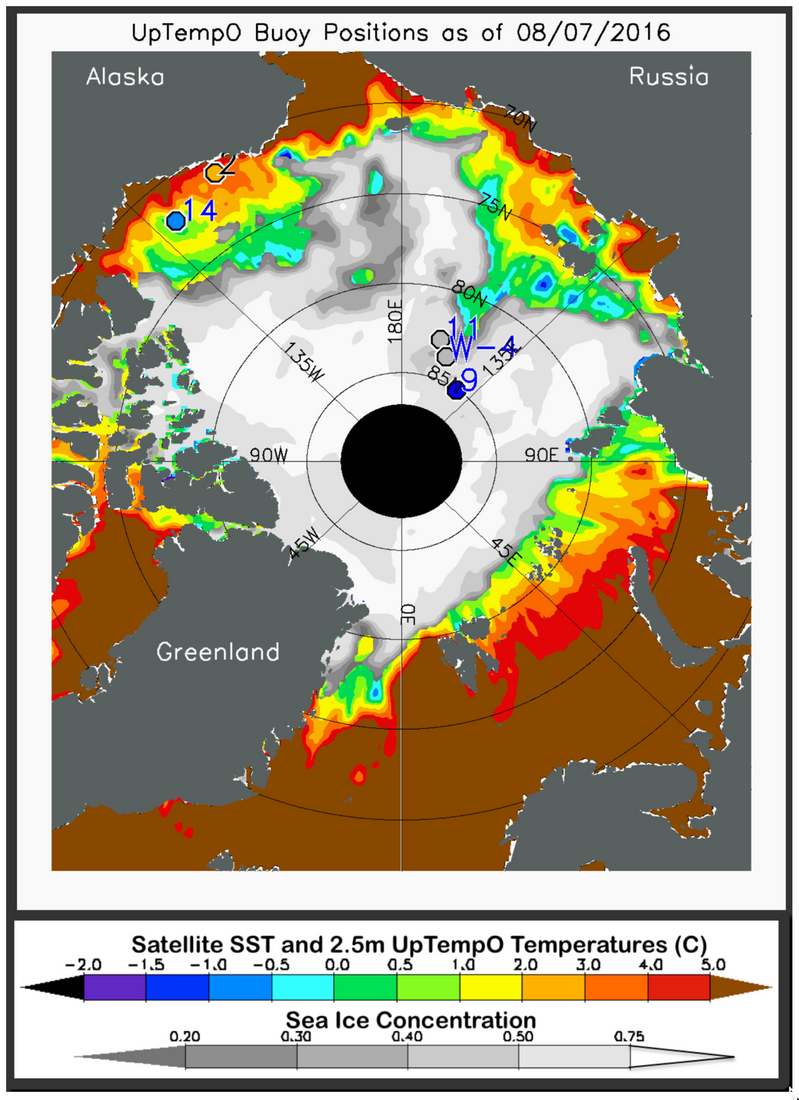
Because no rocks on Earth have survived from so long ago, scientists have estimated early Earth conditions based on observations of the Moon and on astronomical models.

During the time known as the Hadean (yes, because it was like Hades), Earth’s collisions with other large planetesimals in our young solar system-including a Mars-sized one whose impact with Earth likely created the Moon-would have melted and vaporized most rock at the surface. None of these techniques help with the very early Earth. By studying indirect clues-the chemical and structural signatures of rocks, fossils, and crystals, ocean sediments, fossilized reefs, tree rings, and ice cores-however, scientists can infer past temperatures. Temperature records from thermometers and weather stations exist only for a tiny portion of our planet's 4.54-billion-year-long life. And within the last 100 million years, two major heat spikes occurred: the Cretaceous Hot Greenhouse (about 92 million years ago), and the Paleocene-Eocene Thermal Maximum (about 56 million years ago).Ĭartoon by Emily Greenhalgh, NOAA. Conditions were also frequently sweltering between 500 million and 250 million years ago. One of the warmest times was during the geologic period known as the Neoproterozoic, between 600 and 800 million years ago. The heat of these collisions would have kept Earth molten, with top-of-the-atmosphere temperatures upward of 3,600° Fahrenheit.Įven after those first scorching millennia, however, the planet has often been much warmer than it is now. Our 4.54-billion-year-old planet probably experienced its hottest temperatures in its earliest days, when it was still colliding with other rocky debris ( planetesimals) careening around the solar system.

LOOPCAD MAX SURFACE TEMP CAP AT 100 SERIES
This article is one of a two-part series on past temperatures, including how warm the Earth has been “lately.” This article was first published in August 2014, and it has been updated to include new research published since then.


 0 kommentar(er)
0 kommentar(er)
